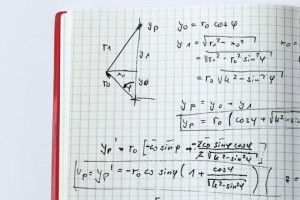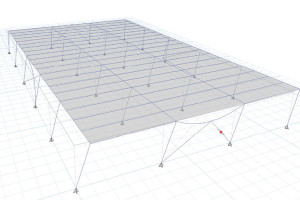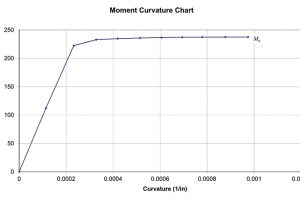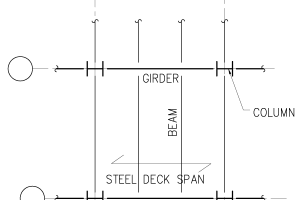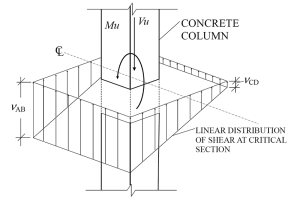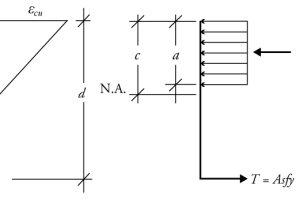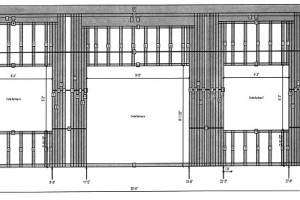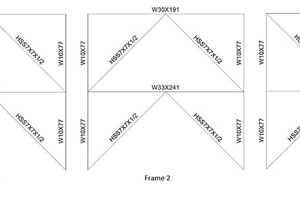An effective diaphragm is an essential component of a structurally sound building. The diaphragm provides lateral stability for the columns and/or bearing walls, braces the compression edge of floor framing members, and distributes wind and seismic forces to elements of the vertical lateral force-resisting system. …
Review Category : Engineer’s Notebook
Among the most powerful innovations in recent years in the structural engineering profession is the widespread adaptation and use of nonlinear analysis methods for seismic issues. The concept of nonlinear behavior has been around for decades, but only recently – say, within the last 15 years – have practical analysis methods been introduced and embraced by many. Among these is the static pushover method, which enables a representation of nonlinear behavior without the need to develop and run sophisticated response history analyses. …
A Fundamental Discussion
Nearly every day in our careers as structural engineers, we consider the following equations:
Mn = Asfy(d-a/2), Mn = FyZx
Readers will no doubt recognize these as the nominal flexural strengths utilized in beam designs for reinforced concrete and steel, also known as (among other things) the flexural limit state. …
Reducing Building Floor-to-Floor Height
At the early stage of building design, most architectural designers start with functional block schematic floor plans and the structural floor system. The selection of the floor system is one of the most important considerations in building design. Each alternative demands a certain depth, which results in different building floor-to-floor heights. …
It is a well-understood concept and an inevitable law of statics that loads must be transferred between beams and columns. This is an idea that is not foreign to engineers. Since our first classes in structural analysis, we have been developing our expertise at analyzing and designing beam-column intersections. The idea of balancing the sum of forces at such locations is one that cannot be disputed. However, there are some vagaries with this concept when considering flat plate and flat slab systems, which by definition have no beam-column joints. Hence, moment transfer becomes a more complex issue. …
There was a time, which many readers may well remember, when elastic behavior of structures governed our thoughts when it came to their design. For seismic design, we understood that the response reduction factor (currently designated ‘R’) was a reflection of system ductility and gave us the latitude of designing the system for much lower forces than standard elastic design might typically predict. …
Engineers largely appreciate the differences afforded between allowable stress design (ASD) and ultimate strength design (LRFD) methods, and we generally follow the prescribed protocol for each procedure without much trouble. However, even though the ASD approach has been largely supplanted by LRFD, certain occasions require that we revisit the old ASD theory for reinforced concrete (or masonry). As such, it is appropriate that we recognize the subtle and not-so-subtle differences between the two. …
Among categorizations of seismic behavior that have been adopted in modern codes is extreme torsional irregularity. Torsional irregularity is not an unfamiliar concept, having been expressed in codes in various forms for decades. It is an issue that engineers have learned to deal with, particularly in seismically active areas. Extreme torsional irregularity, however, is a somewhat newer concept and subset within the larger issue of torsional behavior. It is something that can greatly limit and restrict flexibility in choosing seismic force-resisting systems and configurations. …
Built-up cold-formed steel compression members are commonly used as shear wall chord members, and at openings of doors and windows (stud packs) to resist the additional load transferred from an opening header. The provisions in North American Specification for the Design of Cold-Formed Steel Structural Members, AISI S100 Section D1.2 are limited to concentrically loaded compression members composed of two shapes joined together at discrete points along the axis of the member. Thus, the AISI S100 provisions are limited to either an I-shaped cross section or a box-shaped cross section. …
The ‘X’ Brace vs. ‘V’ Brace Conundrum
As practitioners in structural design, we sometimes scratch our heads in bewilderment with new code provisions. Usually, with a little homework, we can understand the logic behind the changes and see how they lead to better performance of the end product. …

